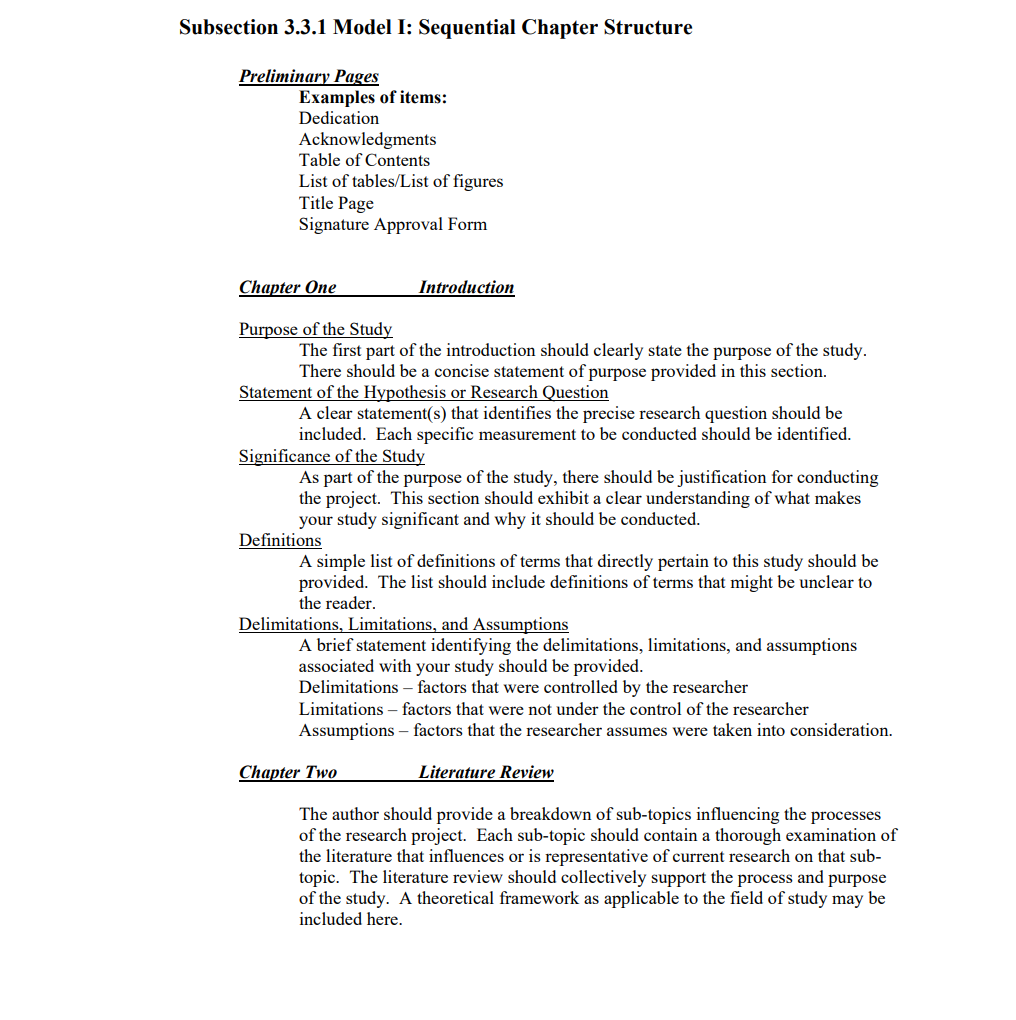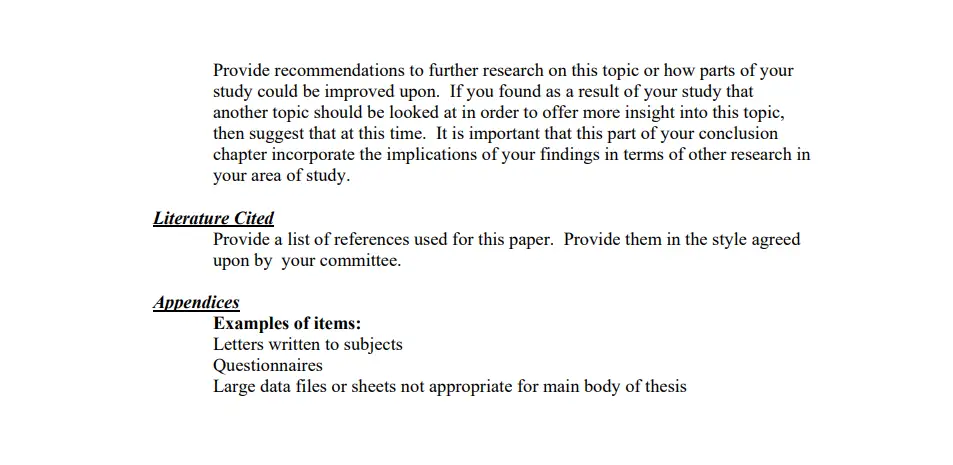A masters thesis is a culmination of all of your academic work. It is the final piece of your graduate degree and should demonstrate mastery of all of the skills and knowledge you have acquired throughout your studies. This guide will help you write a master’s thesis that will help you stand out from the crowd.
This post provides the ultimate guide to writing a master’s thesis.
- What is a Master's Thesis?
- Purpose of the Master's Thesis
- How Long Should A Master's Thesis Be?
- How Long Does it Take to Complete a Master's Thesis?
- What is expected of a master's thesis?
- How to start writing your Master's Thesis?
- How to Choose a Perfect Topic for your Master's Thesis
- Masters Thesis Format
- Tips to write Master's Thesis More Effectively
- Masters Thesis Samples
What is a Master’s Thesis?
A master’s thesis is a thorough look at a single topic and how you have grown and evolved as a student throughout the program.
Students in graduate schools must complete theses for their graduate degree. Students apply their practical skills in the process.
A master’s thesis is usually shorter and more limited in comparison to a Ph.D. thesis. A master’s thesis should be published as a single article, but it may be longer than a standard article.
A master’s thesis responds to a debate in the political science literature and will bring new evidence or arguments to bear upon the topic and will help you to gain a better understanding of the topic.
Purpose of the Master’s Thesis
A master’s thesis helps you to gain in-depth knowledge and understanding of the topic you are writing about. It’s a chance for you to show off your writing and research skills and prove that you’re capable of writing a well-written thesis.
Usually, a master’s thesis is written after the study, so it provides an excellent opportunity to analyze topics that you wish to focus on further. The master’s thesis serves as a showcase of your effort. A master’s thesis can also serve as a starting point for a Ph.D. dissertation.
How Long Should A Master’s Thesis Be?
In general, a Master’s thesis should be about 50-80 pages excluding the title pages, citations, and references. However, the proper length will be determined by you and the committee based on your topic and method of analysis.
There is no such thing as a “proper” length of a thesis. Instead, your thesis should be long enough to clearly and concisely present all important findings of your research.
How Long Does it Take to Complete a Master’s Thesis?
Students usually take two-semester or 1 year to complete their Master’s thesis paper.
What is expected of a master’s thesis?
Master’s projects should represent original research and critical analysis and should be the result of individual effort. The student’s work should demonstrate the following in terms of the field of study:
• Knowledge and motivation to carry out the planned research activity
• Awareness and understanding of relevant current work in the field
• Ability to plan a basic research
• Ability to analyze the research results
• Ability to draw valid conclusions from the study
• Ability to complete a written description of the work in the form of a well-written, properly organized thesis
How to start writing your Master’s Thesis?
It’s not always easy to know how to write a master’s thesis. If you’re struggling to find out how to write a master’s thesis, we’re here to help. We’ll give you all the information you need to write a master’s thesis.
1. Choose your Topic
First, you’ll need to think about the topic you’ll be writing about. This is your opportunity to express your opinion and to share your knowledge. You might want to brainstorm ideas to come up with an interesting topic.
People get ideas about great research questions mostly in seminar papers, class discussions, and other research papers.
You can create an idea file where you write down all the potential topics for your thesis. Keep looking for new facts and information that can provide you with a new perspective on your topic.
2. Organise your information
You’ll want to make sure you have all the information you need to write a master’s thesis. You’ll need to collect all the information you need, such as the title of your master’s thesis, the date you’re going to be writing it, and the name of the professor you’re going to be writing it for.
3. Start writing
After you’ve gathered all the information you need, you’ll need to organize it. You’ll want to make sure it’s easy to read, and that you’ve included all the information you need. You might also find it helpful to use a spreadsheet or a Word document.
4. Proofread
Once you’ve finished writing, it’s time to proofread. You’ll want to make sure you’ve written it correctly, and that you haven’t missed any important information. You can use a spellchecker to check for spelling errors.
5. Submit
Once you’ve proofread your master’s thesis, it’s time to submit it to the committee. You’ll need to make sure you’ve included all the information you need, and that you’ve made it clear what you’re looking for from the professor.
How to Choose a Perfect Topic for your Master’s Thesis
Choosing a topic can be daunting. To start off, you need to come up with a question or problem that interests you.
There are plenty of questions out there to choose from, but it all starts with an interesting problem that you’re willing to work hard on answering. While many topics are worth writing a thesis about, some are more appropriate for theses than others.
A great way to choose a topic is by identifying an area of study that interests you and then reading up on it. Another way to choose a topic is to think about the research you would like to do and then find a field that you are interested in and see what the current literature is about. Ask yourself, what you are interested in?
You may be interested in learning about a specific subject or you may want to learn about something in general. For example, you may be interested in learning more about the history of the United States and how it has changed over the years. Another example is that you may be interested in learning about how the Internet has changed our culture.
You should also know what the current state of affairs is within the topic field, and what could possibly improve this situation.
Masters Thesis Format
Below is the General Format for the Master’s Thesis.
- Title Page
- Signature Page
- Dedication
- Acknowledgement
- Table of Content
- List of Tables/Figures
- Chapter 1: Introduction
- Chapter 2: Literature Review
- Chapter 3: Methodology
- Chapter 4: Results
- Chapter 5: Conclusion/Discussions
- Citation/References
- Appendices



Though most Universities use the above format for their master’s thesis, the format of the master’s thesis might differ according to your university so please talk to your supervisor or the department for the correct Master’s Thesis format for your University.
Tips to write Master’s Thesis More Effectively
1. Make a schedule for yourself. Many people find that using a reverse calendar, where you arrange your writing schedule from the due date and work backward, works well.
You will be less likely to become overwhelmed by the scope of the project if you know how much time you have to accomplish it and break it down into manageable chunks with individual due dates (whether these due dates are just for you or also for your committee chair).
2. Start Early and Write Every Day. Writing 30 pages in two weeks seems to be a difficult goal, but if you write 500 words every day, you will easily meet that target. Avoid being frustrated and putting off your task because this will lead it to pile up and become overwhelming.
The earlier you begin, the more time you have to finish; therefore, begin early so that you have time to revise if required.
3. Take Frequent Short Breaks. It’s critical to take mental breaks from time to time, especially when working on a long thesis.
You can’t be focused and on-task 100 percent of the time without sacrificing content quality, and taking a break from your ideas for a few days will provide you with a new perspective when you return to continue.
You’ll notice errors you hadn’t noticed before and come up with new solutions you hadn’t considered before.
4. Include Charts and Graphs. Include relevant charts, graphs, and figures when necessary.
You may also need to include appendices and references that are relevant to your study and related to the major subject of your Master’s thesis. Make certain that all areas of your work adhere to the guidelines of your institution’s and discipline’s requirements.
Masters Thesis Samples
You can check out this post for examples of thesis for masters in different Majors.
10+ Best Thesis Examples as a Sample for Writing your Thesis
